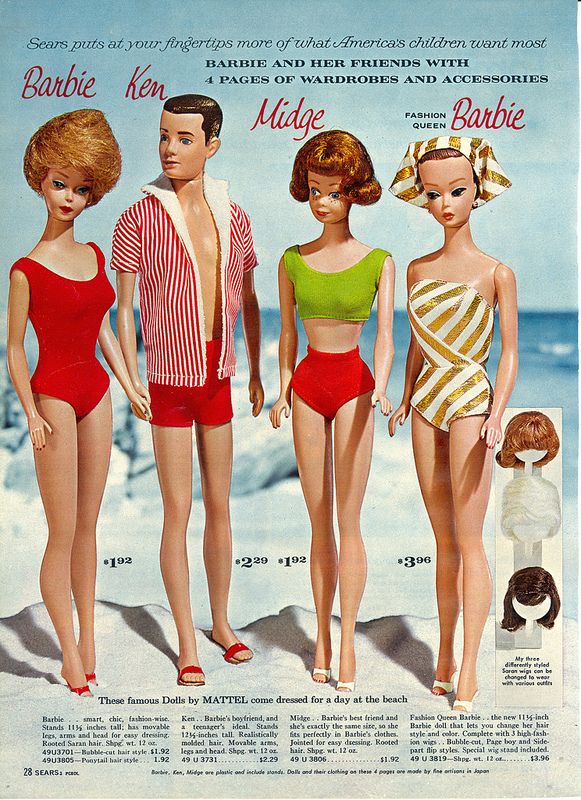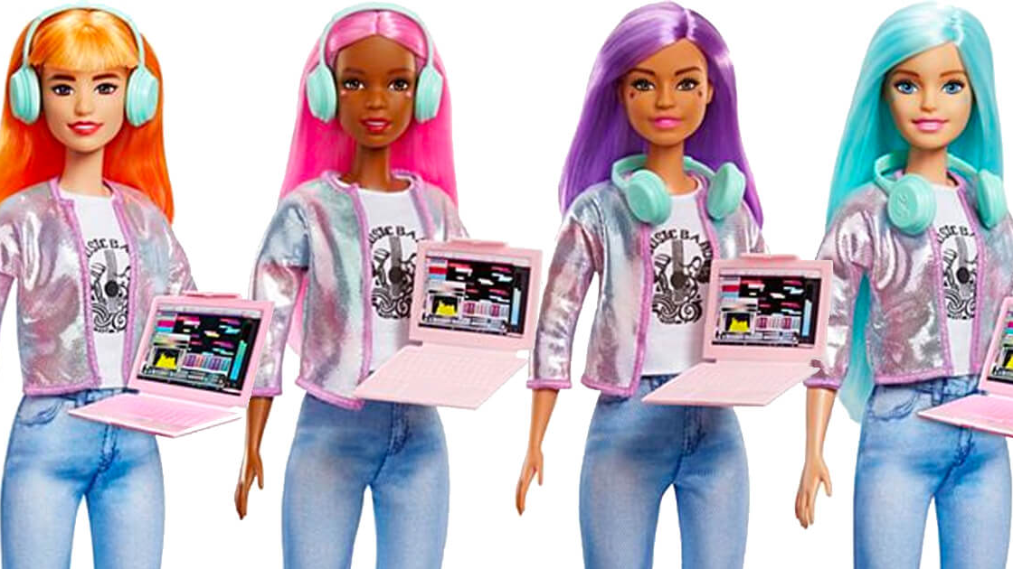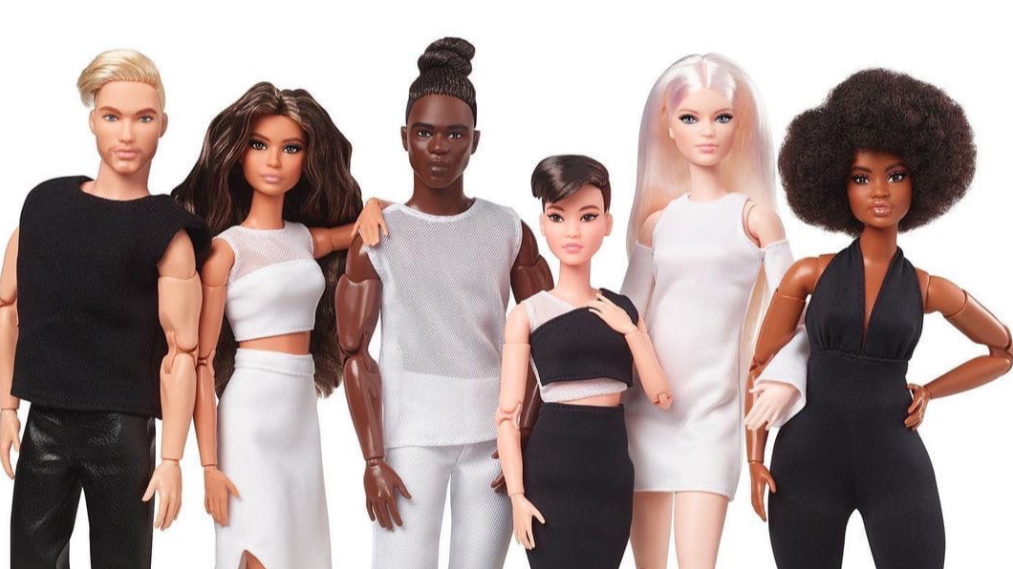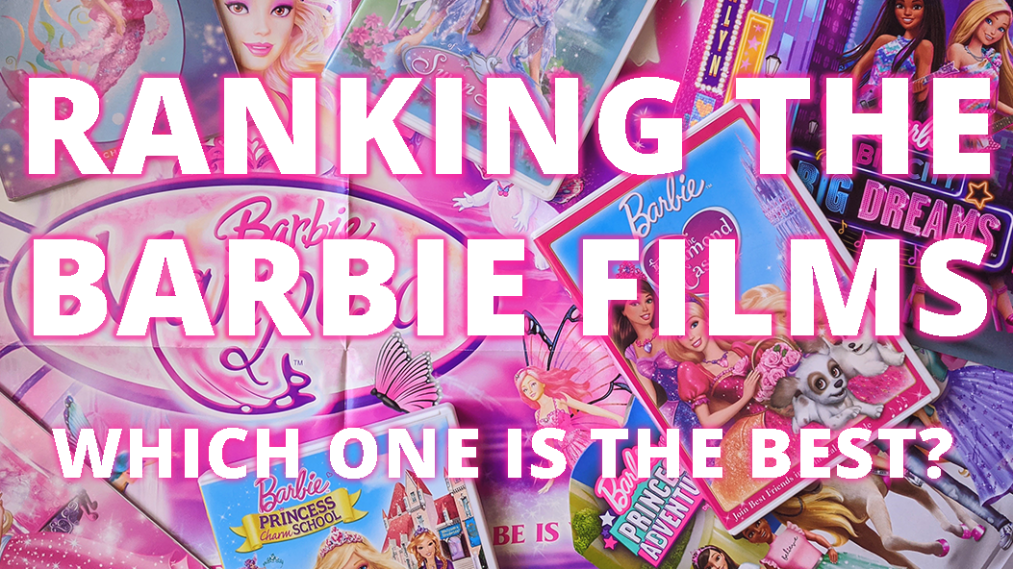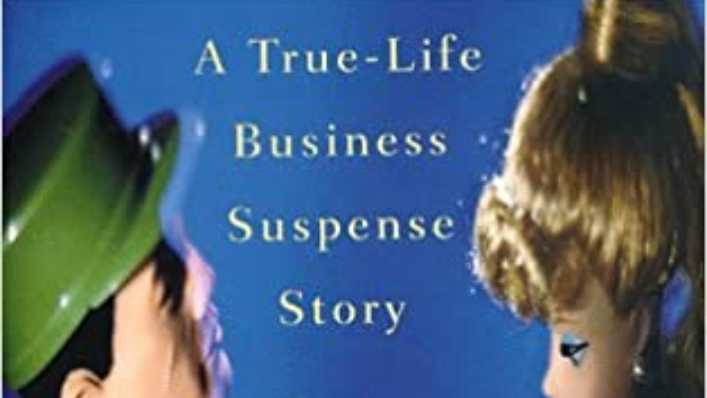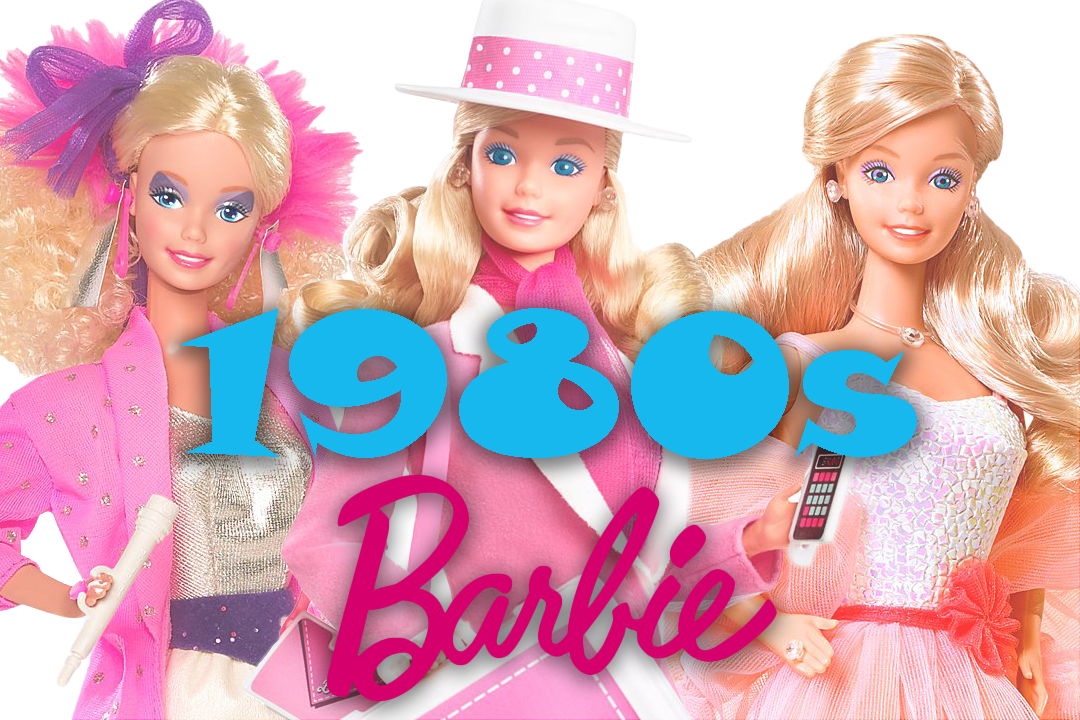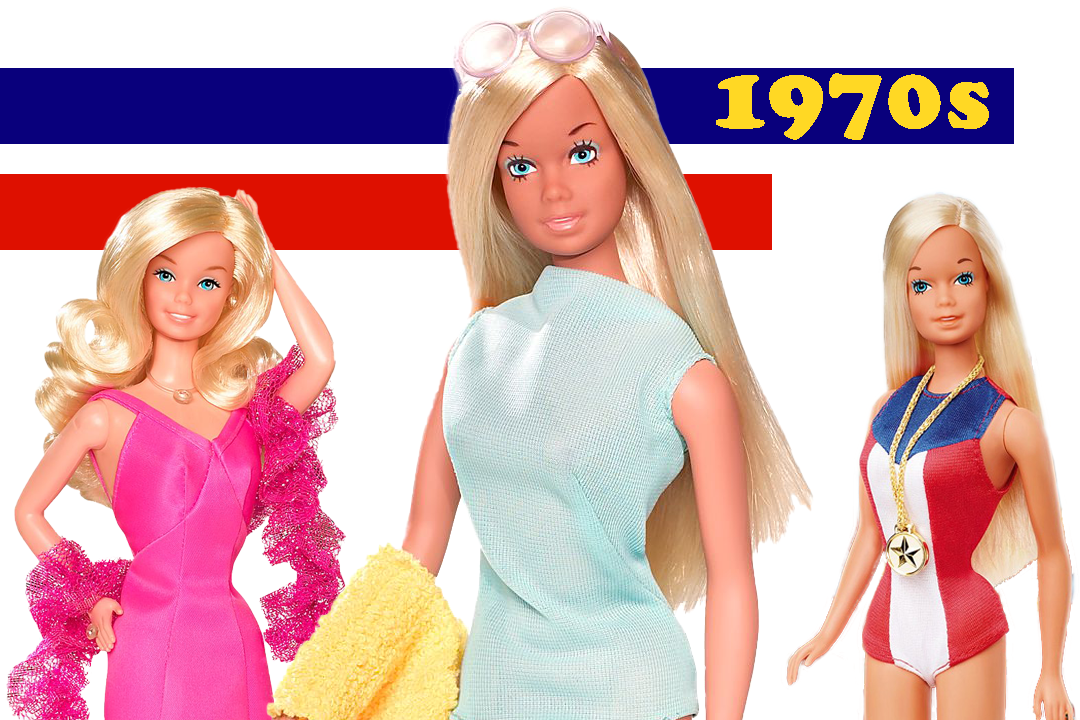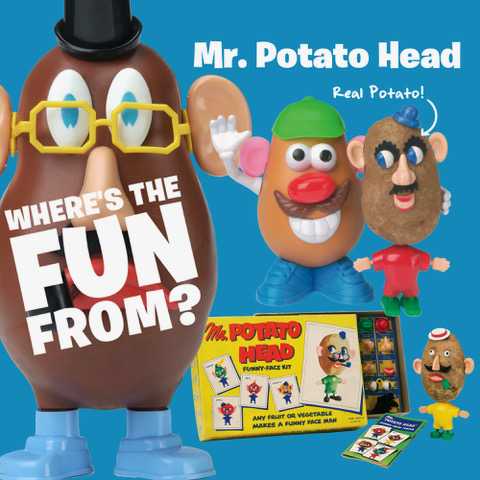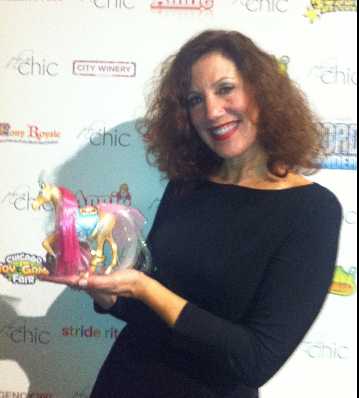“Barbie: Big City, Big Dreams” is a revolutionary step for the iconic brand
by Rana Schenke | 13 Jul 2021
Industry Commentary, Op-Ed
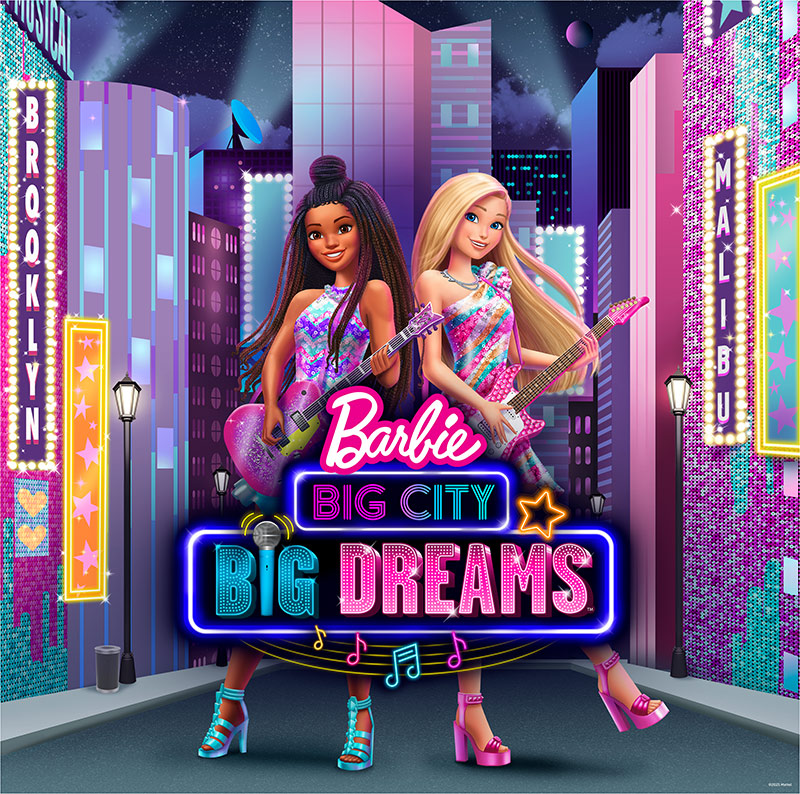
The latest film to join the Barbie media franchise, the upcoming “Barbie: Big City, Big Dreams” is more than just another Barbie movie — it marks the first time Barbie has been portrayed as a Black woman in a Barbie film.
The film features not one Barbie, but two — Barbie Roberts from Malibu and Barbie Roberts from Brooklyn. As the film is set in the same universe as "Barbie: Dreamhouse Adventures," which is currently the "canon" Barbie media universe, both characters are canonically versions of Barbie (i.e., Barbie is not "playing" herself or a character, as was the case in earlier Barbie films).
This is a huge step for Mattel and the Barbie brand, since in the 38 previous Barbie films, Barbie was only portrayed as Caucasian, with blonde hair and blue eyes. This is the first time Barbie is represented as an African American woman.
To understand the history leading up to this film, let’s take a look at the history of African American Barbie dolls and Barbie entertainment.
1967
In 1967, Mattel released “colored Francie,” the first Black doll to be affiliated with the Barbie line. While the slim, 11 ¼ in white doll was advertised as “Barbie’s MODern cousin,” the Black doll was not. The Black doll also did not have a unique face sculpt or hairstyle; she was essentially a darker-skinned version of the white doll. This doll was Mattel’s first attempt at producing an African American Barbie affiliate. (Image: Reproduction doll, Mattel)
1968
Barbie gained a new African American friend in 1968 with the debut of Christie. Christie differed from the Black Francie doll because she was the same size as Barbie (allowing her to share Barbie’s extensive wardrobe) and she had a unique face sculpt that wasn’t shared with a white doll. (Image: Reproduction doll, Amazon)
1969
Julia, a celebrity doll based on Diahann Caroll’s character from the sitcom of the same name, debuted in 1969. Mattel used the Christie face sculpt for the doll, who, while Barbie-sized, was not affiliated with the Barbie line. Julia was released in Twist ‘n Turn and Talking versions, and children could purchase four extra fashions for her. (Image: Reproduction doll, Amazon)
Brad, the first African American male doll in the Barbie line, was introduced as Christie’s boyfriend and a friend of Ken.
1980
Mattel released the first Black Barbie doll in 1980. This was the first Black doll in the Barbie line to represent the Barbie character. She came wearing a long red dress with a gold collar and used the Steffie face mold with an Afro hairstyle. The first Hispanic Barbie doll was also released at this time. (Image: Reproduction doll, Mattel)
1982
The first African American Ken doll, Sunsational Malibu Ken, was released in 1982. (Image: Catalog ad via Barbie List Holland)
1987
“Barbie and the Rockers: Out of This World” and “Barbie and the Sensations: Rockin’ Back to Earth,” a pair of animated specials starring Barbie, released on videotape in 1987. An African American character, Dee Dee, is a member of Barbie’s band in the videos. Dolls corresponding to the Rockers and the Sensations were also released. (Image: Back of doll box via Pinterest)
2001
“Barbie in the Nutcracker,” the first in a series of computer-animated Barbie films that continues to this day, is released. Barbie as Clara, the protagonist, sports her signature look of blonde hair and blue eyes. Almost all of the dolls in the line are released in white and African American versions, setting a precedent that will continue through 2008. (Image: Video cover via Wikipedia)
2006
Tia, from “The Barbie Diaries,” is the first African American supporting character in a Barbie movie. She receives a doll. (Image: “The Barbie Diaries” cover art via Rotten Tomatoes)
2008
“Barbie and the Diamond Castle” marks the first character of color as a dual protagonist in a Barbie movie. Alexa is played by Teresa, who is Hispanic. (Image: Promotional image via Amazon)
Two Black characters appear in “Barbie in A Christmas Carol” — Nikki and Catherine. Neither receive dolls, although the 2008 Holiday Barbie doll, inspired by the film, is available in white and African American versions.
2009
Mattel phases out the African American variations of movie dolls. From this point on, each Barbie film features at least one character of color who receives a doll version, but dolls representing the main character(s) as African American are no longer available.
2015
“Barbie in Rock n’ Royals” features the first African American dual protagonist character, Erika. (Image: Promotional image via Barbie Movies Wiki)
2020
Mattel releases a vlog on Barbie’s YouTube channel where Barbie and her friend Nikki discuss racism. (Image: Still from Barbie vlog via CNN)
Barbie has been available in multiple ethnicities since 1980. When I first learned this as a kid, I imagined Barbie to be anyone. I imagined a world where Barbie existed as white, Black, Hispanic, Asian-American — all were separate individuals, but were still Barbie. Barbie could be anyone, and she was everyone in my mind.
But while my Barbie world was expanding and diversifying, the world of Barbie films — the most accessible and recognizable depiction of Barbie in media — still remained stubbornly and resolutely white.
As the Barbie film series continued into its second decade, Mattel slowly added more diverse characters in the Barbie film universe, but most were supporting characters and not all even appeared in doll form. The main character — always either explicitly named Barbie or implied to be “played by” Barbie — was still the standard blonde. You might be able to buy African American Barbie, but Barbie media only shows one Barbie, and it’s not her.
That’s why “Barbie: Big City, Big Dreams” is so revolutionary. For the first time in Barbie media, Barbie is Black. Barbie is representing Black individuals onscreen the way she has represented them in doll form since 1980.
According to a press release, the film will follow Barbie from Malibu (the same Barbie who stars in “Barbie: Dreamhouse Adventures” and the recent Barbie films) as she travels to New York to participate in a prestigious summer program, where she meets Barbie Roberts from Brooklyn, NY.
“Barbie ‘Brooklyn’ Roberts is fearless, smart, and a loyal friend. A New York native with an exuberant and infectious personality, she is a triple-threat singer, dancer, and musician who is confident and optimistic. She dreams big and believes in the limitless possibilities of life,” the release said.
A release date has not been announced for the film yet, but it will be available on Netflix in September. Dolls and other merchandise are already available.
It’s been over 40 years since the first African American Barbie doll was released. It’s been almost 14 years since I first imagined a world of multiracial versions of Barbie coexisting. This year, we finally get to see Barbie bringing this world to life in a tangible way on screen and, of course, in doll form.
The press release said new characters from the film will be be seen in additional content in the future, and I’m looking forward to seeing where Mattel takes both Barbies in the years to come. Here’s to continued evolution and representation in the Barbie brand!
Related Blogs
Recent Blogs

The Bloom Report
The Bloom Report Issue Archive
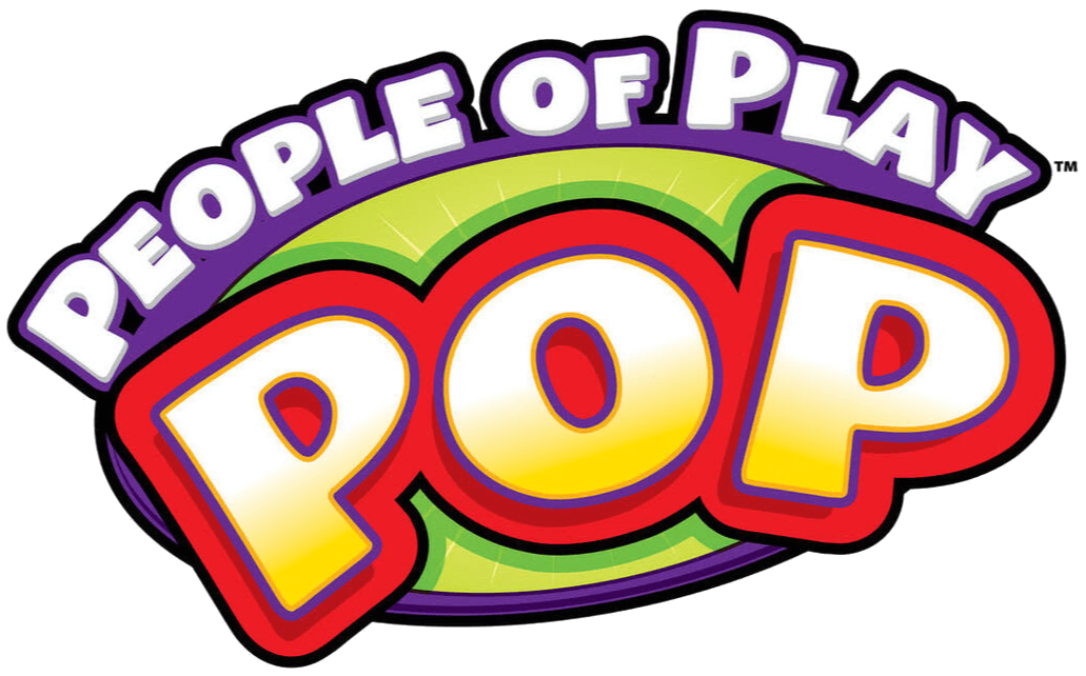
Play Through History
The Lives They Lived: Rest in Play Edition 2025

The Bloom Report
Toy and Game People Obituaries - RIP - Rest in Play

Reviews
Game Review: Cats & Boxes

Biographies and Interviews
Ana Maria, Founder of The Magical Underland Inc., Rings in the Holidays with a new kind of Christmas Tree
See more
Recent Wiki

BOOK REVIEWS
Game Review: Cats & Boxes

PEOPLE
Ana Maria, Founder of The Magical Underland Inc., Rings in the Holidays with a new kind of Christmas Tree
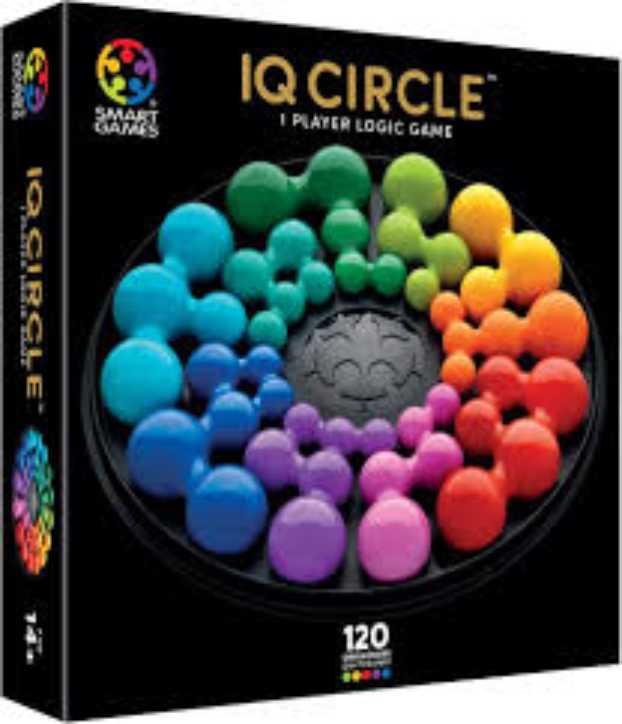
BOOK REVIEWS
Game Review: IQ Circle

PEOPLE
Catching up with Eric Olsen, The Inventor of Flip 7 and Co-Creator of Messy Table Games

BOOK REVIEWS
Book Review: Happytecture by Anna Devís & Daniel Rueda
See more
POP's Got Talent

POP Entertainment
Randy Klimpert Shares his Ukulele Collection

POP Entertainment
Steve Casino Peanut Art

POP Entertainment
Everyone's Talking about POP!

POP Entertainment
Princess Etch - a Multi-Talented Etch A Sketch Artist

POP Entertainment
Joseph Herscher of Joseph' s Machines.
See more
Recent POPcast
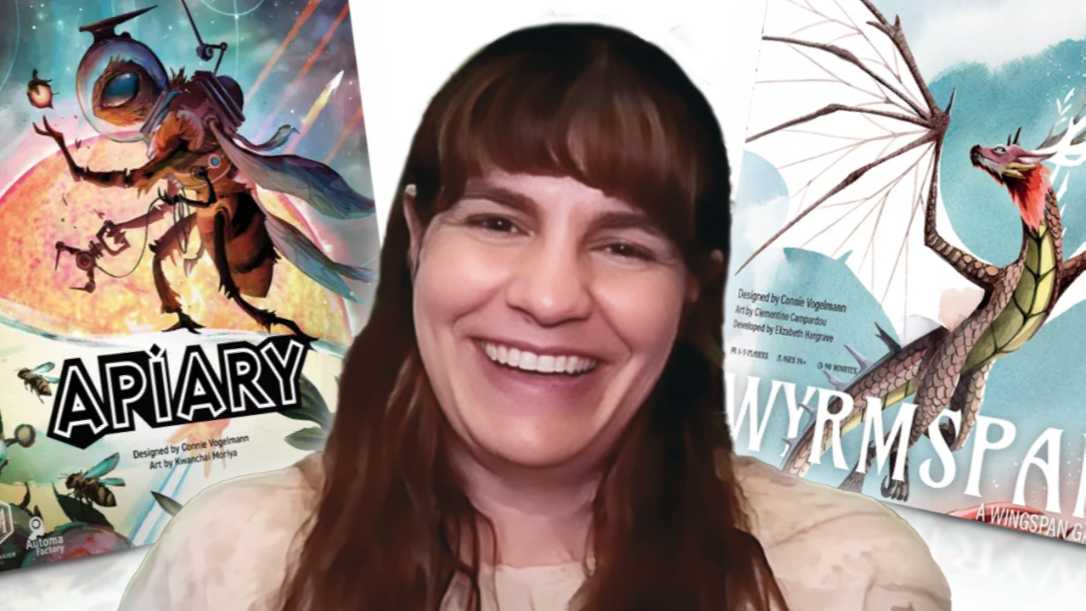
Hidden Role: The Brains Behind your Favorite Games
Connie Vogelmann designed Apiary & Wyrmspan!

Hidden Role: The Brains Behind your Favorite Games
Bob Fuhrer... Is THE Crocodile Dentist!

Hidden Role: The Brains Behind your Favorite Games
Tom Dusenberry... Bought Atari, Wizards of the Coast, and Avalon Hill!

Hidden Role: The Brains Behind your Favorite Games
Matt Leacock created Pandemic... the game!

Hidden Role: The Brains Behind your Favorite Games
Scott Brown and Tim Swindle... are Launching a New Sport!
See more
POPDuos

POPDuos: Interviews with Legends and Leaders
POPDuo: Richard Dickson, Mattel’s President & COO, and Kedar Narayan, Young Inventor Challenge AMB

POPDuos: Interviews with Legends and Leaders
POPDuo: Will Shortz and Josh Wardle

POPDuos: Legends and Leaders Explore Creativity
POP Duo: Elan Lee, Co-Founder, Exploding Kittens.and Jeff Probst, Host and Exec Producer, Survivor

POPDuos: Legends and Leaders Explore Creativity
POP Duo: David Fuhrer, MNG Director, Blue Sq Innovations & Shawn Green, past Dodgers & Mets MLB Star

POPDuos: Legends and Leaders Explore Creativity
POP Duo: Bob Fuhrer, Founder, Nextoy and Tom Fazio, Golf Course Designer
See more




